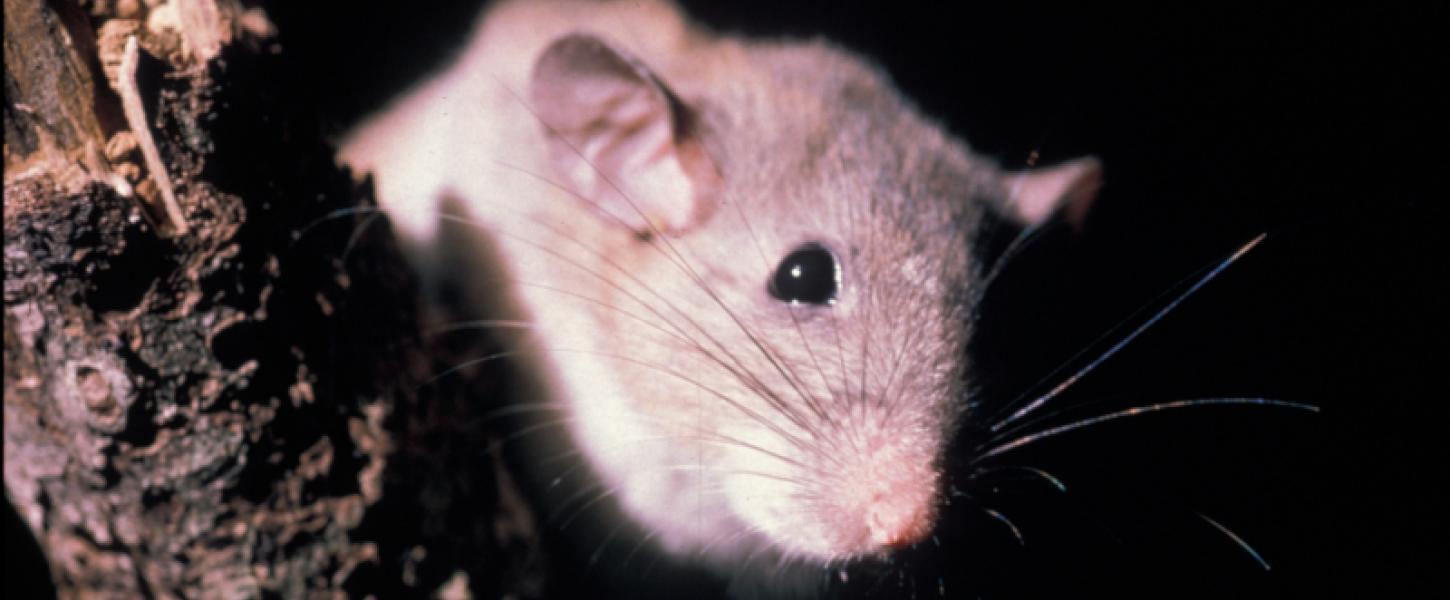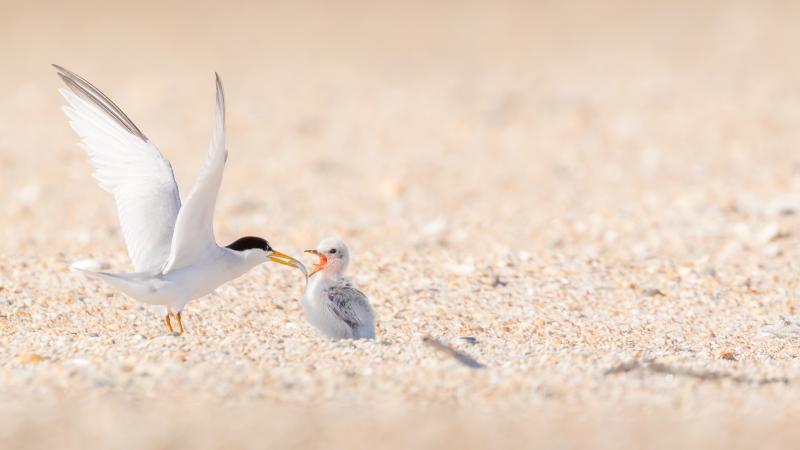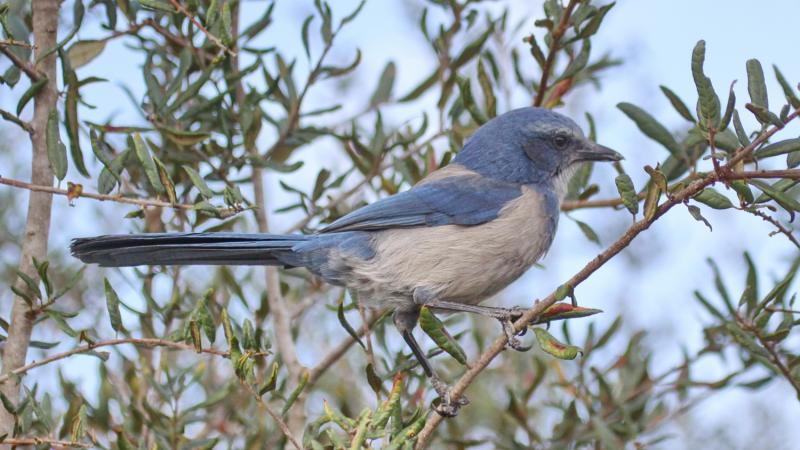Endemic and Endangered Woodrat

A unique resident of North Key Largo is endemic, meaning that it is found in the wild only here and nowhere else in the world. A large portion of this area where the endangered Key Largo woodrat lives includes Dagny Johnson Key Largo Hammock Botanical State Park. The warm climate and isolation from the mainland offer a perfect habitat where they make large nests of sticks and other items from the tropical hardwood forest. Often built against a tree, stump or pile of boulders, a nest may be used by Key Largo woodrats for generations, generally two litters per year with one to four pups per litter. Their diet consists primarily of seeds, fruits and other vegetation.
Habitat loss has caused a decline in the Key Largo woodrat’s population, and introduced predators are also a cause for concern as well as for other native mammals, reptiles and birds. The Burmese python, as well as feral and outdoor cats, have also been responsible for some reduction of these populations.
Dagny Johnson Key Largo Hammock Botanical State Park provides the Key Largo woodrat and other animals a protected natural environment to live, eat and breed. Biologists, rangers, volunteers and others are adding structures to assist the woodrats in building homes. Cameras monitor usage of potential nest sites and assist in learning more about the animal’s behavior and what predators and other obstacles to its survival it faces.
With our help, this special inhabitant of the largest contiguous West Indian mahogany tropical hardwood hammock in North America has a chance to thrive.


